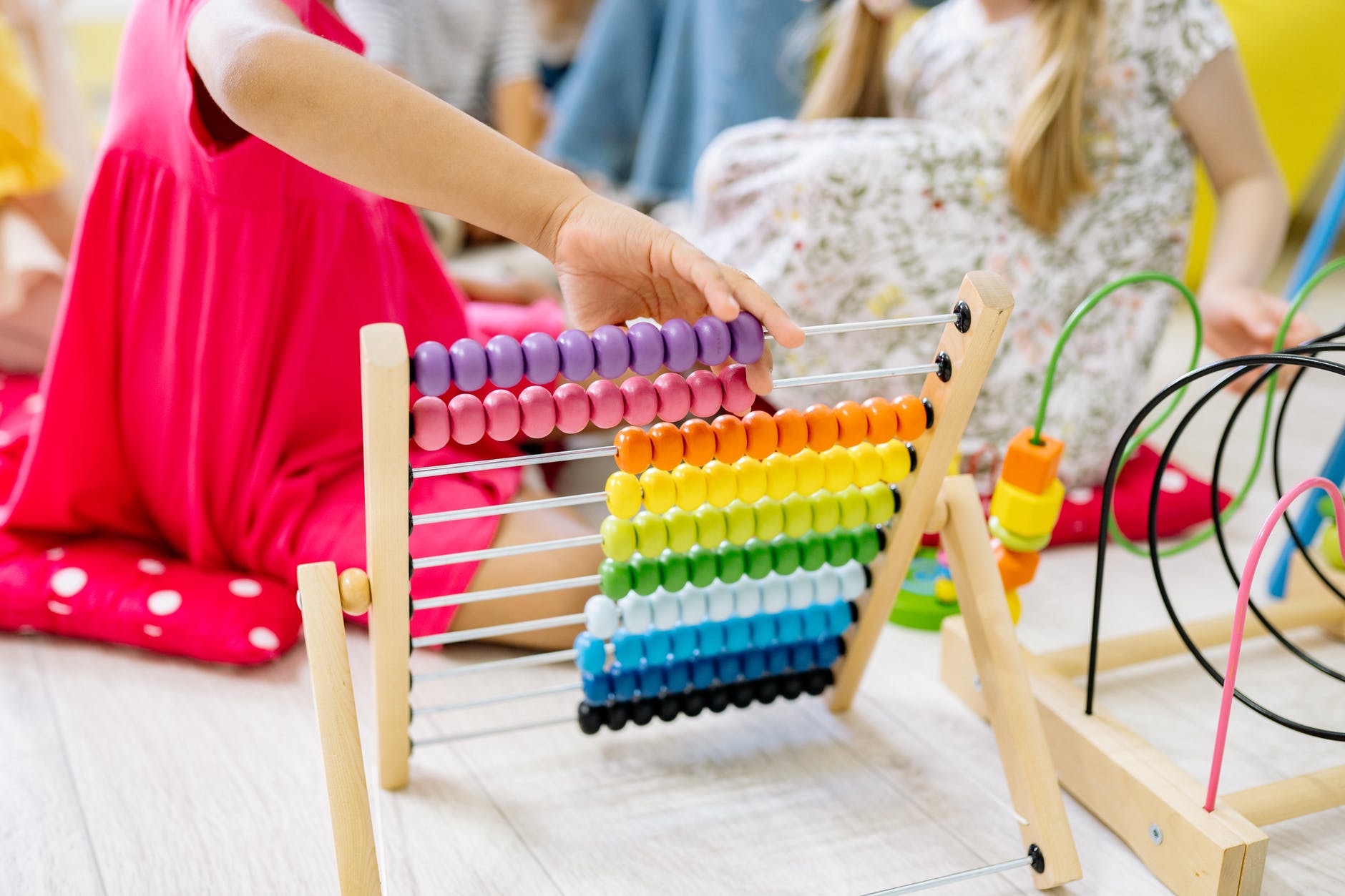Math lessons become bothering for many parents even before their child goes to school. This is especially true for adults who don’t have the skills and not familiar with math problems solving very well, or who simply don’t like this subject.
In the hope that the kid him/herself will cope with complex equations and formulas, or even become a mathematical genius, parents (and maybe brothers and sisters) take them to school. But in fact, even if so, children still need help in mastering new concepts, and most importantly, how to apply them in real life.
Here we will take a look at the most effective tips about how to help little mathematicians for adults.
-
Don’t underestimate yourself
Have you ever wondered about how many people in the world are really good at math? It’s nearly the same percentage as you had in your class. Therefore, don’t think that everything is so bad. You can open the textbook and study the section that needs to be explained to your child. Don’t hesitate to tell him/her, that it was difficult for you too, but ultimately you got it. “Let’s analyze this problem together”. In this way, you will show a care and engagement that will instill confidence in your child.
-
Don’t make nonsense out of math
Present it in the way it is – just one another school subject. This will help to get rid of prejudice, and, therefore, of the subconscious fear of each next homework assignment. For example, talk about all kinds of funny stories and ways of problems solving which are coming from scientists’ life or your own. It shows that difficult things can turn to easy ones, and the difference lies in approach.

-
Don’t forget about math during your everyday life
There is no need for highly intelligent conversations – you can just use routine context to improve your child’s math skills. For example, if little guy is fond of cars or another type of transport, you can discuss all the numbers associated with it: capacity of the gas tank, engine power, maximum speed, etc. You can also compare two different modes of transport: a car and an airplane, for instance. And with the help of simple arithmetic, calculate how one machine differs from another. The same goes for girls. You can discuss the length of the hair or the size of the dresses in numbers. Children will not even notice that mathematics has been used there.
-
The best way to understand a problem is to explain it to someone else
We have all faced with situations when, thinking that we know a certain concept very well and consider it simple, we suddenly fall to stutter when someone asks us to explain it. At such moments, we understand that in fact we just memorized it in words and didn’t have a deep understanding. It will be more difficult for children to do this, but if you’ll start with the problem or section that they have mastered well, you will be able to understand what exactly they’re having trouble with and where the gaps appear, if any.
Support each correctly formulated sentence so that the child understands that even if he/she doesn’t understand the current issue, he/she already knows lots of other things.
-
Try new solutions
Science doesn’t stagnate. Of course, 2 by 2 is still 4, but all the time there coming new approaches to old problems and equations solving. Don’t be afraid to confuse your child – maybe this new look will become optimal for his/her understanding. Everyone thinks differently, and what may seem complicated and confusing to one kid can be quite simple and structured to another. For example, a modern solution for this could be an esingaporemath.com, which is designed specifically to help children in learning math in depth, applying their own approaches. Below we will take a closer look at this curriculum. The main thing is not to get hung up on standards and stereotypes, because they can be detrimental to motivation, and therefore to your child’s academic performance.

-
Don’t be in a hurry
The study of mathematics, like any other science, is not limited in time. Sure, students’ time is limited by the academic year, exams, university admission. However, you can afford to give your child a little more time if needed. Moreover, e-learning is already the new norm, and it helps to study as much as a particular child needs. You can extend a lesson in length, increase the number of sessions per week, or do it twice a day for short periods. And all of this at home, stress-free atmosphere. Online classes can be both as a part of main school curriculum and complementary, both in-group and personal, so there is no reason to worry and rush.
The only moment in mathematics where you need to forget about numbers is the number of minutes allotted for solving a particular problem. You can work on developing the child’s speed when you’re already sure that all concepts have been mastered very well, and only if it’s necessary for the upcoming exams. In other cases, the race for the fastest problem solving doesn’t make any sense.
-
Take breaks
The brain gets tired. The concentration drops. Focus shifts. And this is absolutely normal. Don’t push your child. Let him/her switch so them can take a new focus easily and with pleasure. Open your window and take a fresh air during breaks, if possible. Give your child some fruit or fresh juice to replenish energy. And only after it proceed to the next stage. You can also discuss interesting facts about how even great mathematicians actually spent a lot of time and took long breaks in the process of mastering mathematical mysteries. For example, Andrew Wiles spent 6 years to looking for a new solution to just one problem – Fermat’s theorem. And there are so many related examples in history. So keep calm and enjoy your math.

How to put it all together
We have already mentioned the Singapore Math study program. This approach deserves special attention of parents and teachers, as it combines all the above mentioned, and many others, methods of a more in-depth and at the same time more comfortable study of mathematics for both children and adults who help them. It’s a kind of philosophy that opens up well-known concepts from truly new sides.
The E Singapore Math curriculum for homeschool provides slower learning when compared with standard programs, but it assumes in-depth training without further repetition. You can study each section for as long as it takes and as good as it takes to become a master, and only after move on to the next one. An interactive form of e-learning from an early age helps to develop in children the verbal skills in problem-solving, considering each of them in dozens of options, as well as offering their own vision of the problem.
The program has no analogues today, because despite the unique approach, it fully complies with international standards: children studying Singapore Math curriculum can take standardized exams and continue their education according to the usual norms at any time, both at school and university.

Conclusion
Math learning is not a race. Here everything should be built on the characteristics of the child’s perception and processing of information. It’s also not a genetic ability, but a skill that can be developed. Don’t try to adjust y kid to the standards and don’t hurry. Slow but gradual and constant movement forward will ensure healthy competence and self-confidence growth.

